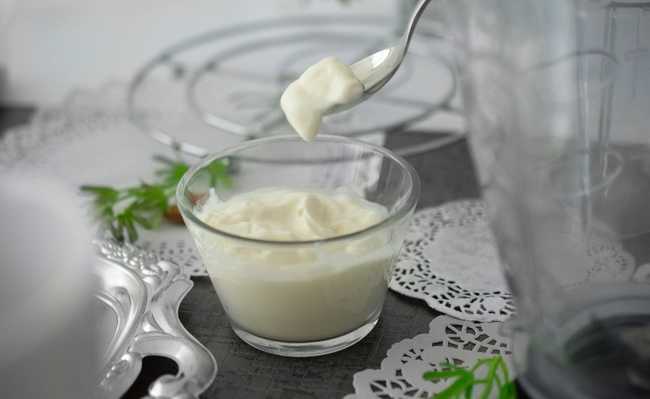What is thermal water and its benefits for the skin
Thermal water is heated by the heat of rocks and volcanoes and is good for skin inflammation due to the presence of minerals.

Edited and resized image by Tom Grimbert (@tomgrimbert), is available on Unsplash
Popularly called thermal water, a thermal spring is the emergence of any heated underground water (which has a temperature higher than that of the human body - which varies between 36.5°C and 37.5°C) naturally by heat coming from rocks or volcanism. Thermal water can be very beneficial for the skin and can even be found for sale in pharmacies. Understand:
Each source has a specific composition, but, basically, thermal water has significant amounts of minerals such as chlorides, sodium, potassium, calcium and magnesium.
- Magnesium: what is it for?
Some studies conclude that thermal water has beneficial effects on the skin. Unfortunately, almost all of them are carried out by companies that fill thermal water, which creates a conflict of interest.
Benefits of thermal water
Protects against damage caused by UV rays
Thermal water protects cells from damage related to UV rays in vitro. Laboratory rats treated with a cream containing bottled thermal water developed tumors more slowly compared to control rats after exposure to UVB. Another cream containing thermal water reduced the formation of diseased cells in human volunteers after exposure to UVB.
It is speculated that the components responsible for these effects are selenium, zinc and/or copper, as they are important for the functioning of antioxidant enzymes present in the skin, which absorb the harmful free radicals produced by ultraviolet light.
- Sunscreen: factor number does not guarantee protection
- Antioxidants: what are they and in what foods to find them
Reduces inflammation of conditions such as psoriasis, atopic dermatitis and ichthyosis
Thermal spring water has been used to treat some conditions related to inflammation, such as atopic dermatitis (eczema), psoriasis and ichthyosis.
- What is atopic dermatitis?
The thermal water of three distinct brands decreased the skin cells' production of inflammation-causing chemicals. A study of human volunteers found that a thermal water gel reduced the irritation caused by sodium lauryl sulfate.
A study involving the ingestion and application of thermal water to the skin showed that there was a reduction in the severity of atopic dermatitis and psoriasis.
However, this study looked at the thermal water brand that contained the least amount of minerals of all brands. Probably, thermal waters with lower mineral contents are less irritating to the skin.
Thermal water can also be found in aerosol cans. In this format, care must be taken with disposal, as the can contains nitrogen, which acts as a propellant, to push the water out like a spray.
The rapid expansion of nitrogen when passing from liquid to gas can cause dangerous pressure build-up if left inside any container that does not allow relief from this excess pressure. To do this, take some precautions when disposing of aerosol cans, including the thermal water one. Know the precautions to be taken in this case in the article: "Are aerosol cans recyclable?".
Places with thermal water to visit
- Blue Lagoon, Iceland
- Tolantongo Caves, Mexico
- One of the ponds of the “Beppu Hells” in Japan
- Pamukkale, Turkey
- Caldas Novas, in Brazil










